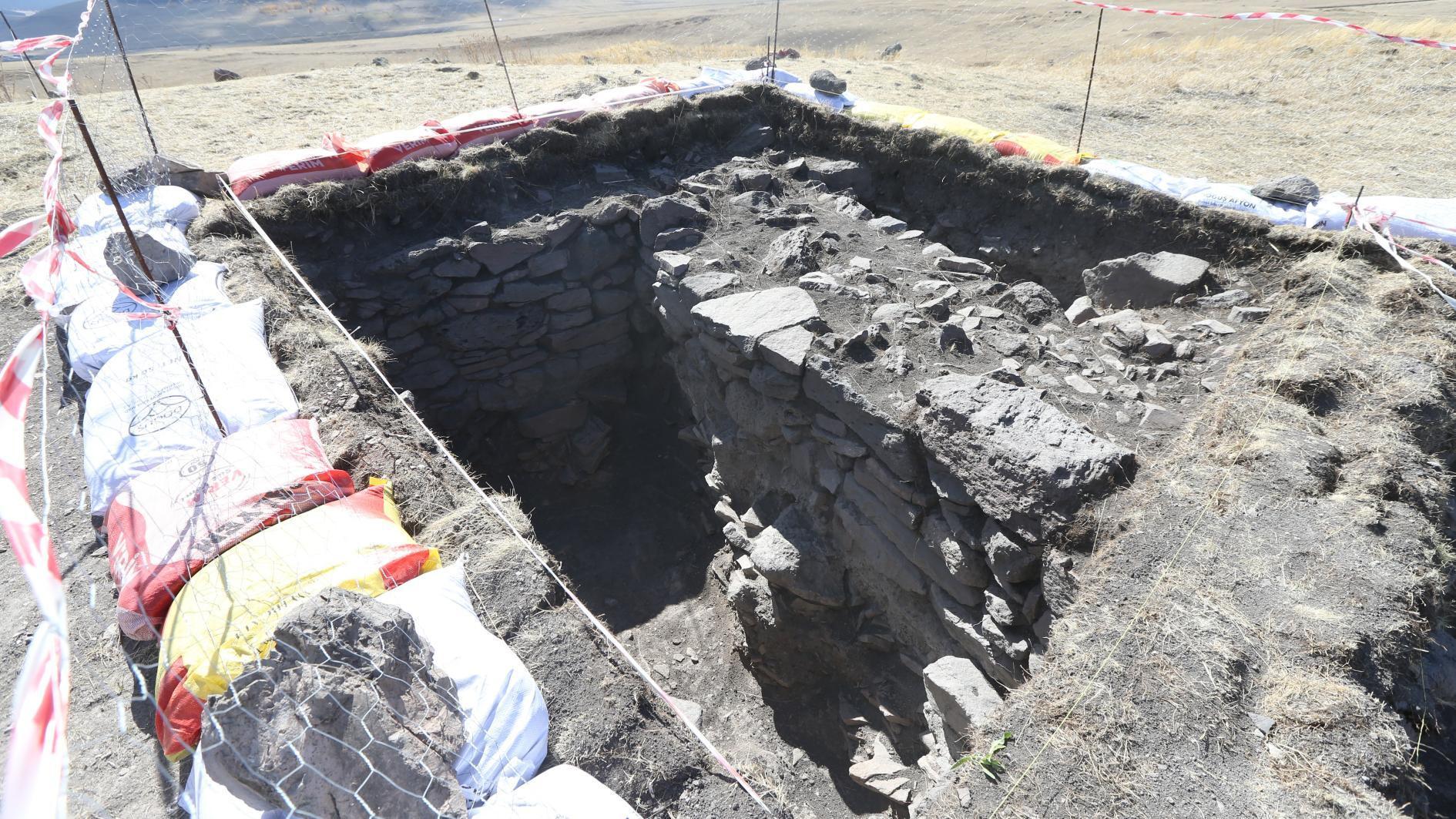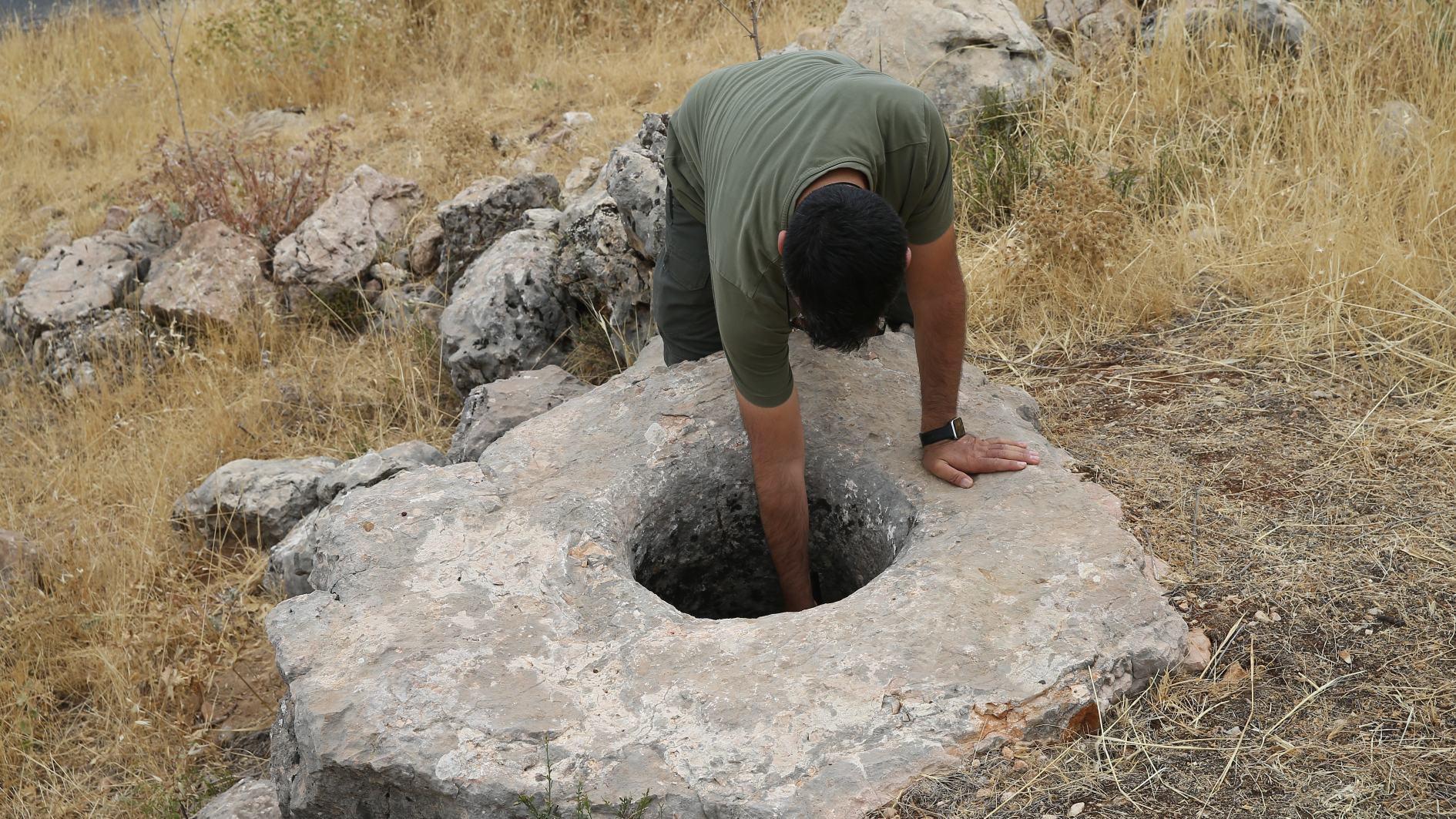Tigem Castle findings reveal Iron Age past
ARDAHAN

Archaeological excavations at the Tigem Castle in the eastern province of Ardahan’s Göle district have unveiled new findings that shed light on the traces of the Iron Age in the region.
The rescue excavations, carried out with the permission of the Culture and Tourism Ministry, are led by Kars Museum Director Hakim Aslan and scientifically supervised by Ayşegül Akın Aras from Ardahan University.
The excavations aim to clarify the architectural features, historical layers and settlement pattern of the ancient fortress. During the latest stage of research, archaeologists uncovered structural remains from both the Early and Late Iron Ages.
“We have reached a significant stage in our excavations,” Aslan said, adding that the work is being carried out meticulously.
“We found architectural remains belonging to the Early Iron Age in the deeper layers and remains from the Late Iron Age just above them. Numerous ceramic fragments helped us in dating the site, leading us to evidence dating back around 3,500 years,” he explained.
Archaeologist Taygun Kotan emphasized the strategic position of Ardahan as a historical gateway connecting the Caucasus and Anatolia. “Our studies indicate that Tigem Castle stands out as the most sophisticated Iron Age fortress identified in the region,” he noted.
Measuring approximately 220 by 185 meters, the site is believed to be the largest Iron Age Fortress discovered within Ardahan’s borders.
“The fortress embodies nearly all typical characteristics of Iron Age fortresses found across Azerbaijan, Georgia, Armenia, Anatolia and northern Iran,” Kotan described.
Explaining the organization of the site, Kotan said the inner citadel was inhabited by the ruling elite, while the area between the inner and outer walls was home to local residents. “This was both a fortress and a social living space.”














